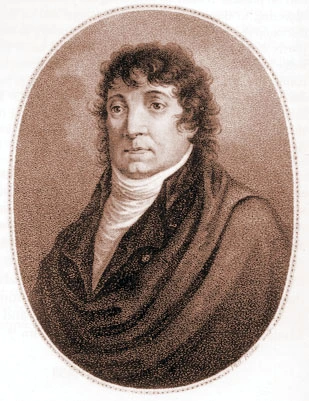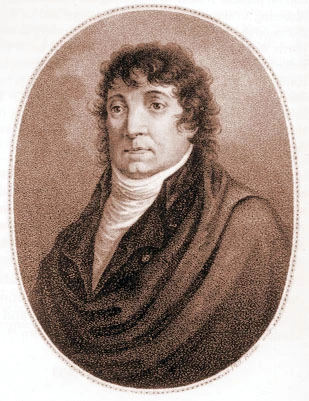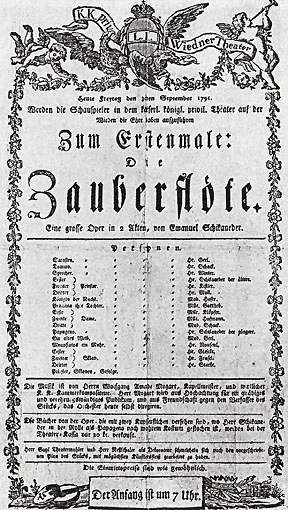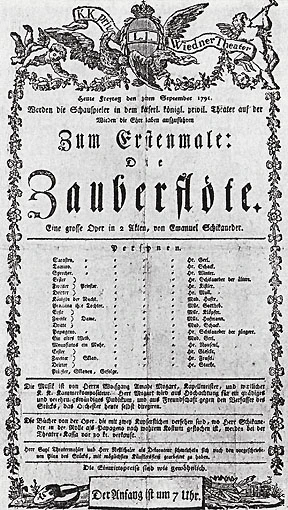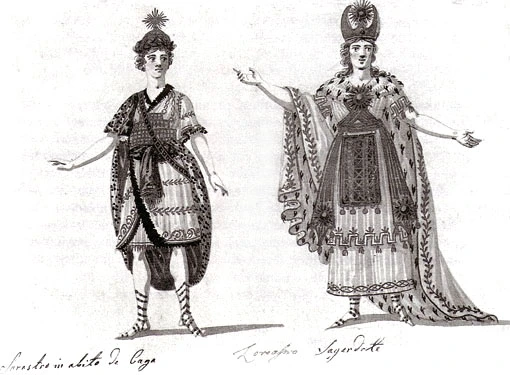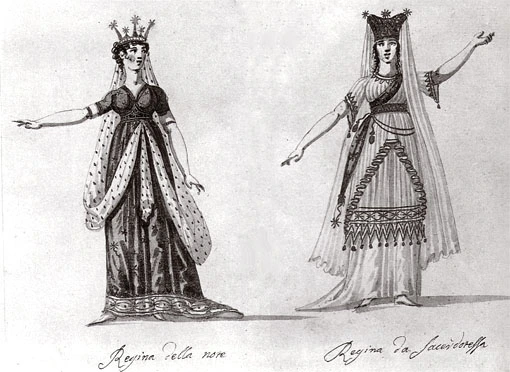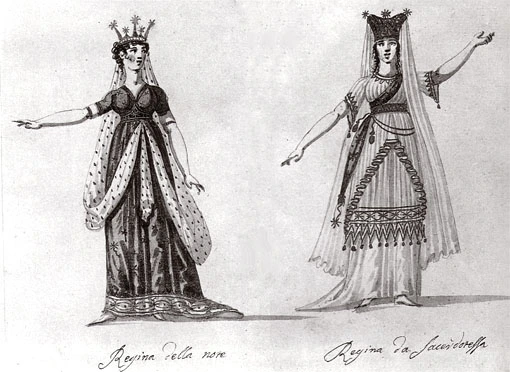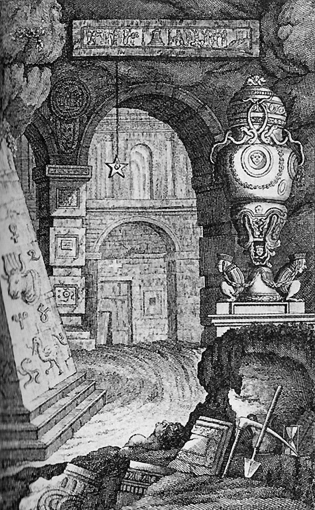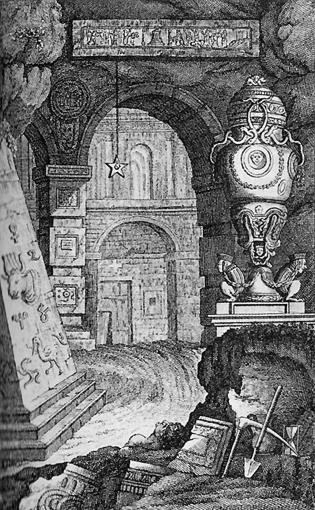The Magic Flute (1791)
Die Zauberflöte (The Magic Flute) was first performed on 30 September 1791, and immediately became Mozart's most successful opera. Its popularity endured after his death.
The opera was originally composed for the Theater auf den Wieden, a theatre in the suburbs of Vienna. The venue was owned by the librettist Emanuel Schikaneder, who became the first man to play Papageno.
The work's immediately popularity is partly down to its mix of folk play and mystery theatre, and partly due to the fact it was performed in German, which meant it spread quickly across the German-speaking world. The fact it is a ‘light’ work – at least at first glance – has helped to make The Magic Flute one of the most popular and widely-performed operas in the entire repertoire.
W. A. Mozart
The Magic Flute
The Magic Flute
The symbolic elements of The Magic Flute have been much discussed, with the mythological elements and sometimes contradictory traits of the main characters providing plenty of material for debate. The fact the opera is shot through with Masonic elements has been a particular a particular bone of contention among critics. Mozart was himself a member of the “Zur Wohltätigkeit” (Benevolence) Masonic lodge, which he joined in 1784. In early 1786, following the introduction of Joseph II’s Freimaurerpatent, or Masonic Decree, a number of lodges were merged to bring them under more effective state control, and the “Zur Wohltätigkeit” lodge was incorporated into the “Zur Neugekrönten Hoffnung” (Newly-Crowned Hope) lodge. Mozart took an active part in masonic life, and dedicated compositions to the lodges (the most famous being the Masonic Funeral Music, KV 477). The lodges were also useful for networking and gave Mozart the opportunity to cultivate relationships with his clients and backers.
While there are traces of freemasonry in The Magic Flute, and particularly in the trials set for the protagonists, which are akin to Masonic initiation rites, the opera is a mixture of all sorts of diverse sources and thinking. It is influenced by the fairy and ghost stories of Christoph Martin Wieland (an author with whom Mozart was personally acquainted), as well as by a number of contemporary trends, such as the widespread interest in the culture and history of ancient Egypt, enlightenment thought and elements of comedic folk theatre. Just like any other work of art, it is infused with the spirit of its time – which helps to explain some questionable gender roles (at least to modern eyes) expressed in the opposition between Sarastro and the Queen of the Night.
The Magic Flute
The Magic Flute
